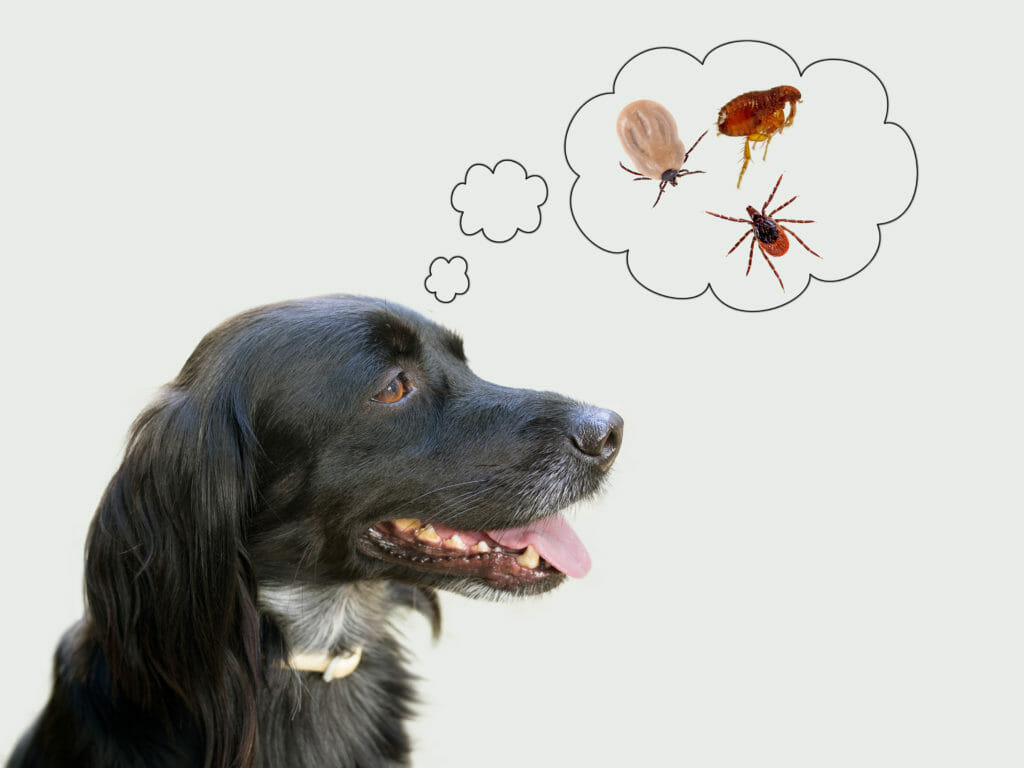Pet nutrition is often a confusing area when it comes to our pet’s care. There are so many foods on the market these days, and most boast of being “natural” or “healthy”. Going forward we’ll talk about certain guidelines, but today the question is; how do we change our pet’s food? Do we run out of one bag and start a new one? Do we have to mix foods for days? Or weeks? Or months?
There are various reasons that you may need to switch foods. For instance, your pet is growing older, and the nutritional needs have changed. Or, perhaps your dog or cat has been newly diagnosed with a particular disease or condition that would benefit from a change in nutrition; such as, kidney failure or dental disease. Perhaps weight management is an issue, or there is a change in food due to a financial situation. Please be aware, however, that there are some foods that may require an immediate change for treatment purposes (ie. A severe intestinal disorder).
Transitioning from one food to another usually requires a gradual change to avoid causing uncomfortable gastrointestinal upset, loss of appetite (particularly serious in cats), and vomiting or diarrhea. An appropriate transition time is usually seven days. If your pet has a very sensitive digestive system, your veterinarian may recommend an extended transition period.
A 7-day transition period looks something like this;
- Day 1-2: feed 75% of your pet’s old food and 25% of your pet’s new food with every meal
- Day 3-4: feed 50% of your pet’s old food and 50% of your pet’s new food with every meal
- Day 5-6: feed 25% of your pet’s old food and 75% of your pet’s new food with every meal
- Day 7: feed none of your pet’s old food and 100% of your pet’s new food with every meal
Understanding that some pets may be highly selective about what they eat, this process may have to be stretched out into a 4-week transition, where each week you increase your pet’s new food by 25% and decrease the old food by 25% for each week.
Give us a call at 905.285.0002 about your pet’s food if you have any further questions!




